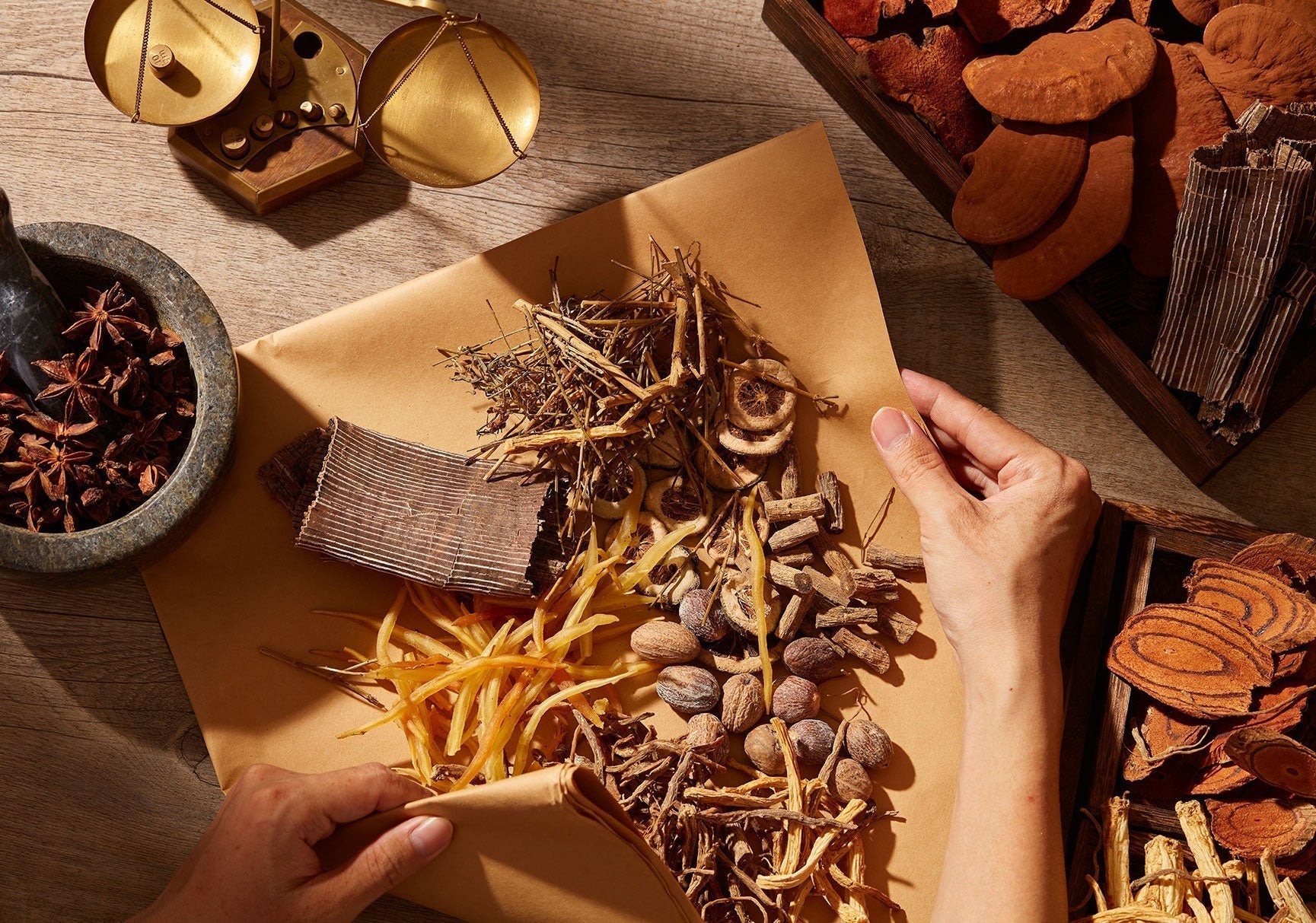It's no secret that mushrooms are among the most potent and health-promoting foods on the planet. Rich in naturally occurring compounds, mushrooms are becoming a more highly sought-after food and supplement for various health benefits.
The primary ingredient in mushroom supplements is the mushroom extract, which allows these products to provide a concentrated dose of those bioactive compounds. Keep reading to discover what makes mushroom extracts special and how they are made.
What Are Mushroom Extracts?
Extracts can be used in either tincture or powder form. Mushroom extracts are made from the mycelium, fruiting bodies, or whole plants of mushrooms.
It's designed to provide more benefits in a small, concentrated supplemental dose than you would otherwise receive from consuming a standard serving of whole mushrooms. This allows you to receive a higher dose of the bioactive compounds found in mushrooms that provide health benefits.
Mushroom extracts can be taken from any mushroom. At Fungies®, we use Cordyceps, Lion's Mane, and Reishi mushroom species and their extracts to create our line of mushroom gummies.
What Do Mushroom Extracts Do?
Mushrooms are packed with an array of bioactive compounds responsible for many unique health benefits. These include polysaccharides, triterpenoids, nucleotides, sterols, steroids, fatty acids, proteins, antioxidants, vitamins, and minerals. Making mushroom extract to use in supplements is the best way to offer a large dose of these compounds in a small serving size.
Some of the most well-studied bioactive compounds in certain functional mushrooms include the following:
- Cordycepin: Has the ability to help support cellular health.[1][2]
- Ergosterol: Supports cellular health and normal inflammatory response.[3][4]
- Adenosine: May help support heart health, energy production, and normal metabolism.[5]
- Linoleic, Oleic, and Palmitic Acids: Polyunsaturated, monounsaturated, and saturated fatty acids, respectively, which support normal cellular functions, and heart and brain health.
- Lovastatin: This may help support circulation and heart health.[6]
- Beta-glucans: A polysaccharide and soluble fiber that helps support heart health and normal blood sugar.[7][8]
The reason mushroom extracts are desirable over whole mushrooms is that the fungal cell wall is made up of a tough substance called chitin. This is the same substance that crustaceous creatures use to build their hard exterior shells.
The human body lacks the chitinase enzyme to break down much of the chitin in mushrooms. Most of the fiber is insoluble when we consume mushrooms as food. While this has benefits for gut health, it prevents us from getting many of the other bioactive compounds that exist in fungi. Mushroom extracts help make these compounds more available to us.
How Mushroom Extracts Are Made
Mushroom extracts are made by drying whole mushrooms or parts of mushrooms and then grinding them up into a fine powder. Then, the powder is cooked in a liquid to help extract the beneficial compounds and make them accessible.
The first step is to remove the mushroom bodies from their stems and clean them thoroughly. Then, a solvent is needed to dissolve the fruit and collect the compounds. There are two standard ways to dissolve them. These include using hot water, alcohol, or both simultaneously in a dual extract process.
Hot water solvent helps remove water-soluble compounds, like beta-glucan polysaccharides, from the raw mushroom material. The final liquid can be consumed or evaporated to reveal an extract powder.
If non-water-soluble compounds are also desired from certain mushrooms, a liquid other than water — like alcohol — is needed next. To do this, a mixture of alcohol and water can be applied to the leftover solids from the previous hot water extraction and cooked. Then, the liquid is separated from the solids and added to the remaining hot water extract liquid.
The dual extract process is recommended for mushrooms that contain remarkable non-water-soluble compounds, such as triterpenes in Reishi mushrooms. However, bioactive compounds in other functional mushrooms like Lion’s Mane and Cordyceps are predominantly water-soluble and could be extracted using the hot water method alone.
Mushroom Extract Gummies
Find potent mushroom extracts in our Fungies® Mushroom Gummies, which come in Cordyceps, Reishi, and Lion’s Mane varieties.
References
- Verma AK. J Biomol Struct Dyn. 2022;40(8):3745-3752. doi:10.1080/07391102.2020.1850352
- Sitkoff, A. Editor(s): Joseph E. Pizzorno, Michael T. Murray. Textbook of Natural Medicine (Fifth Edition), Churchill Livingstone, 2020: 679-692.e6. ISBN 9780323523424. https://doi.org/10.1016/B978-0-323-43044-9.00090-X.
- Merdivan S, Lindequist U. Int J Med Mushrooms. 2017;19(2):93-105. doi:10.1615/IntJMedMushrooms.v19.i2.10
- Kobori M, Yoshida M, Ohnishi-Kameyama M, Shinmoto H. Br J Pharmacol. 2007;150(2):209-219. doi:10.1038/sj.bjp.0706972
- Singh S, McKintosh R. Adenosine. In: StatPearls. Treasure Island (FL): StatPearls Publishing; September 10, 2022.
- Tsiantas K, Tsiaka T, Koutrotsios G, et al. Molecules. 2021;26(7):1832. Published 2021 March 24. doi:10.3390/molecules26071832
- Khan K, Jovanovski E, Ho HVT, et al. Nutr Metab Cardiovasc Dis. 2018;28(1):3-13. doi:10.1016/j.numecd.2017.09.007
- Pino J, Mujika V, Arredondo M. J Funct Foods. 2021;77:104311.

